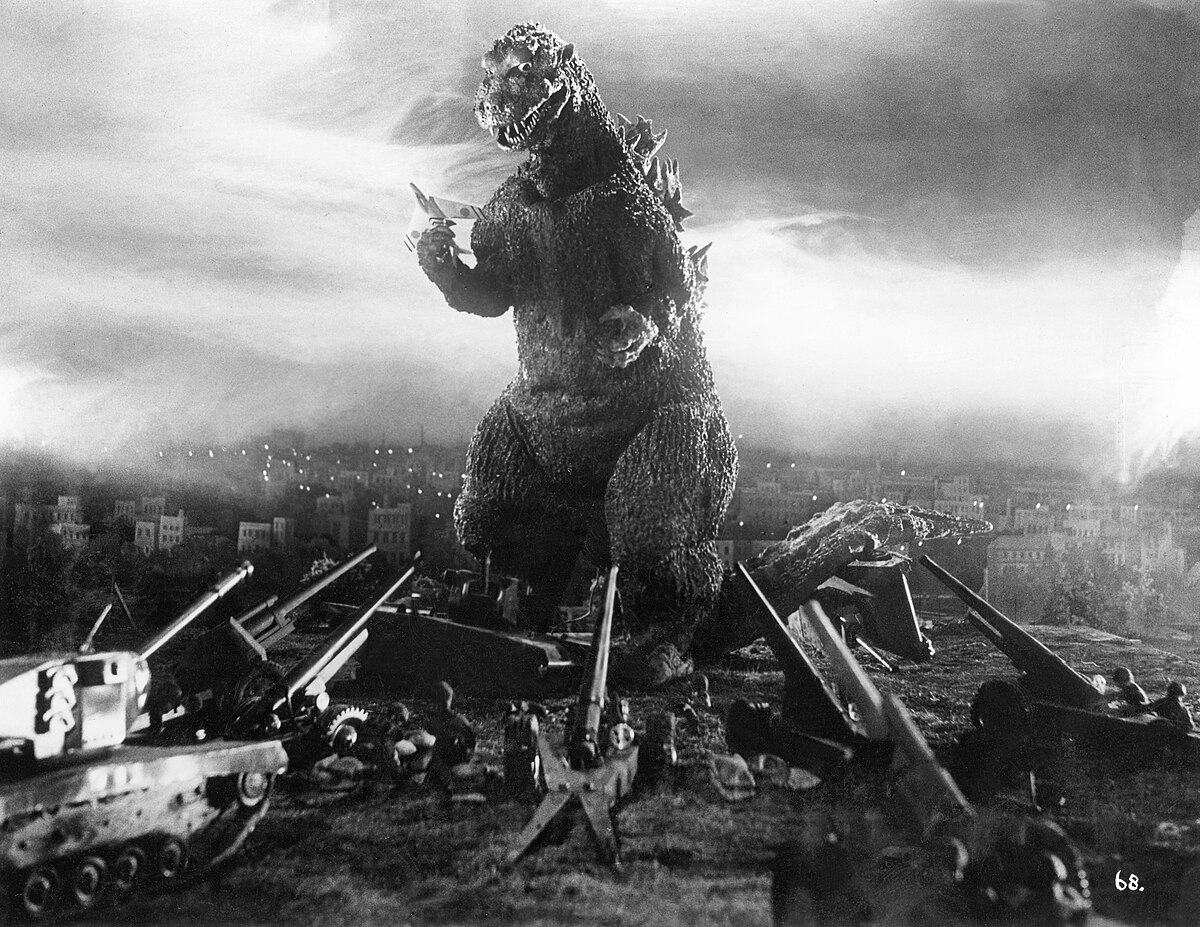by liberal japonicus
As promised, a selection of youtube videos about Japan along with some commentary from me.
First, in the category that the end is nigh, here two videos chosen from many
“In 1990, the Nikkei dropped 38% and lost $2 trillion of market value. And even now, in 2024, Japan’s wages have yet to recover to levels seen during the economic miracle”. One might want to pause and consider that the wages, buoyed by a strong yen in the wake of the Plaza accords, were a tad overenthusiastic.
This next video is one of the ‘OMG, the debt’ genre.
What it doesn’t say is that Japan’s debt is almost totally owned by Japanese. So you don’t have the bond vigilantes banging down the door, things are a little easier. If the Japanese people are taking on this debt, maybe it might mean that they don’t want to screw over their neighbors?
Now, the demographics are a problem with the lack of a tax base. But I think the video overlays a western template over Japan. What about health care costs as the population ages, and taking care of the elderly? Well, given that Japanese health care does a far better job than the West (Japan pays less than half per capita of the US) and Japanese people are a lot healthier on average, this is not the knockout one might think. And while this video isn’t indicative of every senior citizen in Japan, it gives the idea that things might be a little different here.
This video explain why Japan might be able to shake off some of these problems, but highlights the problems as well, so it’s close to what I think.
Last, but not least is Jesper Koll. I put him at the end for a bit of comic relief, he puts the boo- in booster. I put in two so you could get a taste of his commentary
So, what do y’all think?


Pretty much every developed country is looking at a shrinking population — absent immigration, which seems like a rather temporary solution. Given that, over time, development (at least that feature of development) is spreading.
Now reducing the total world population may well be a good thing. But working out how to manage the transition seems to be an imperative.
USA Fencing (the national governing body for sport fencing in the US) starts Veteran categories at age 40. They keep adding higher age categories, recognizing that 60-year-olds can’t generally keep up with 40-year-olds. At this year’s national tournament, there was a Vet-80 category. There are online videos of the finals bouts in Vet-80. Some of the age-related health problems — eg, many forms of cancer — just come with the territory as things wear out at the cell level. More of the elderly health care problems are related to people just going sedentary at some point.
I recall visiting a club where one of the members was an 84-year-old who won a silver in epee at the Olympics in the 1950s. All of the local members seemed to be ignoring him despite his being dressed out, so I made a point of asking him to fence. He couldn’t move and fence both, so he stayed in one place. But his eye was sharp, his wrist was quick and strong, and if you left any sort of opening on your weapon arm, he hit it. The club owner thanked me later for taking the time. I never did find out how an 84-year-old Eastern European fencer ended up living in Lincoln, NE.
For some reason, there are no fencing clubs within a reasonable driving distance of Fort Collins. This strikes me as particularly odd since it’s a university town. I miss it.
That’s quite a story, Michael. You did a good thing.
Also, RIP Jane Goodall.
Also, RIP Jane Goodall.
🙁
Conducting a little more ‘research’…
Michael, thanks for that. Some could take my posting about the 80 year old rugby players as some kind of Japanese exceptionalism, but my point was that Japan was adapting to their demographic and, as wj points out, Japan is just the tip of the iceberg.
I am not an economist (although I’ve taken a few graduate classes) so take the following with a grain of salt…
1) It strikes me that if Japan is selling large amounts of debt, and it’s almost all being bought domestically, they have a problem with their tax structure. Selling interest-bearing bonds seems like a very inefficient way to do income redistribution.
2) As I recall the basic welfare theorems that justify the use of prices to match supply and demand, they say “There exists some initial distribution of wealth and set of prices that maximizes utility.” Soon after, the initial distribution of wealth assumption disappeared from the discussion. This seemed a shame, since to paraphrase someone, the US government is primarily an income/wealth redistribution system with a very large military tacked on.
3) The answer to all of the problems the experts claim shrinking populations or shrinking worker-to-retiree ratios will cause is productivity: getting more out of the available resources (labor, electricity, land, water, etc).
4) Can’t speak to Japan, but one of my long-standing complaints about the US is that forcing the elderly back into employment doesn’t work if “employment” means eight hours plus commuting time five days a week, 50 weeks per year.
5) With respect to #3 and #4, I have been known to complain bitterly that US business management has gotten incredibly lazy and cheap, unwilling to be flexible or invest in education and productivity tools.
Michael, interesting points. IANAE either, but some connected points
https://www.japantimes.co.jp/business/2025/09/19/economy/bank-of-japan-september-rates/
The debt is owned primarily by the BOJ (about half) and then domestic banks and insurance companies.
Japan has an additional problem with Tokyo and other urban areas taking up all the economic growth and depopulation in rural areas
https://www.youtube.com/watch?v=QaL-ocOtooM
“If just [Tokyo] was its own country, it would be the eighth largest in the world, ranking ahead of Italy and falling just behind Canada.”
about 4), one advantage Japan has is availability of public transport, hard to imagine Grandpa Toshio going to work if he has to drive a car there and back.
About selling off debt,
https://www.japantimes.co.jp/business/2025/09/19/economy/bank-of-japan-september-rates/
Fun quote from the article
It would take more than 100 years to sell off all the ETFs held by the BOJ at the speed decided on Friday, Ueda added.
This reminded me of how way back when I was a kid “Made in Japan” meant cheap and shoddy. Now it is more likely to mean “made well”–I suppose because of the Japanese cars that hit the US market at about the time I reached the car buying stage.
https://www.msn.com/en-us/news/world/anti-foreigner-sentiments-and-politicians-are-on-the-rise-as-japan-faces-a-population-crisis/ar-AA1NHryD?ocid=msedgntp&pc=HCTS&cvid=68ddee28709948baa43ae8adcb5dd35a&ei=14
“Outside a train station near Tokyo, hundreds of people cheer as Sohei Kamiya, head of the surging nationalist party Sanseito, criticizes Japan’s rapidly growing foreign population.
As opponents, separated by uniformed police and bodyguards, accuse him of racism, Kamiya shouts back, saying he is only talking common sense.”
There is a lot of discussion about Sanseito and Kamiya that I’ll probably get to in another post.
I suppose because of the Japanese cars that hit the US market at about the time I reached the car buying stage.
My first car was a used 1969 Toyota Corolla. My second car was a 1979 Datsun 300ZX (pre corporate name change to Nissan). The improvement in build quality over that ten years should have absolutely terrified Detroit.
I was in college in the early 1970s when Japanese brands became serious contenders in high-end audio equipment.
Consumer video recording put an end to the belief that while Japanese companies could copy American and European engineering, they couldn’t innovate.
This reminded me of how way back when I was a kid “Made in Japan” meant cheap and shoddy. Now it is more likely to mean “made well”–I suppose because of the Japanese cars that hit the US market at about the time I reached the car buying stage.
Same with Germany in the 19th century. When Bismarck asked how German wares were estimated on the Philadelphia exhibition in 1876, he got the three word answer “billig und schlecht” (cheap and bad).
Any economic philosophy that is reliant on growth is going to be struggling as it runs up against the reality of climate change. As far as population reduction goes, that’s going to take care of itself whether we do anything or not.
immigration, which seems like a rather temporary solution
This is a bit puzzling to me. Why temporary? Don’t immigrants stay (if they can)?
I have been known to complain bitterly that US business management has gotten incredibly lazy and cheap, unwilling to be flexible or invest in education and productivity tools.
US business management has gotten utterly short-term focused. Investing, for all too many, is anathema unless it can be done with zero impact on quarterly earnings. I suspect that MBA programs are a significant contributor. But vulture capital asset stripping firms, waiting to attack any form which dates to deviate.
There are exceptions, of course. But they are just that: exceptions. Unfortunately.
russell, immigration is a temporary solution to falling birth rates simply because falling birth rates are spreading. The sources are not permanent.